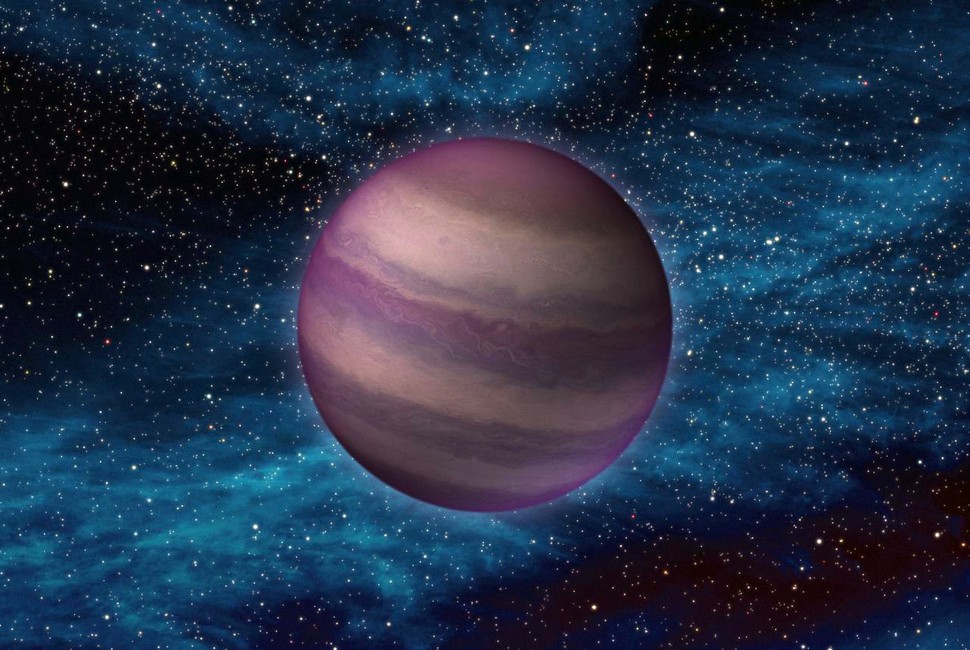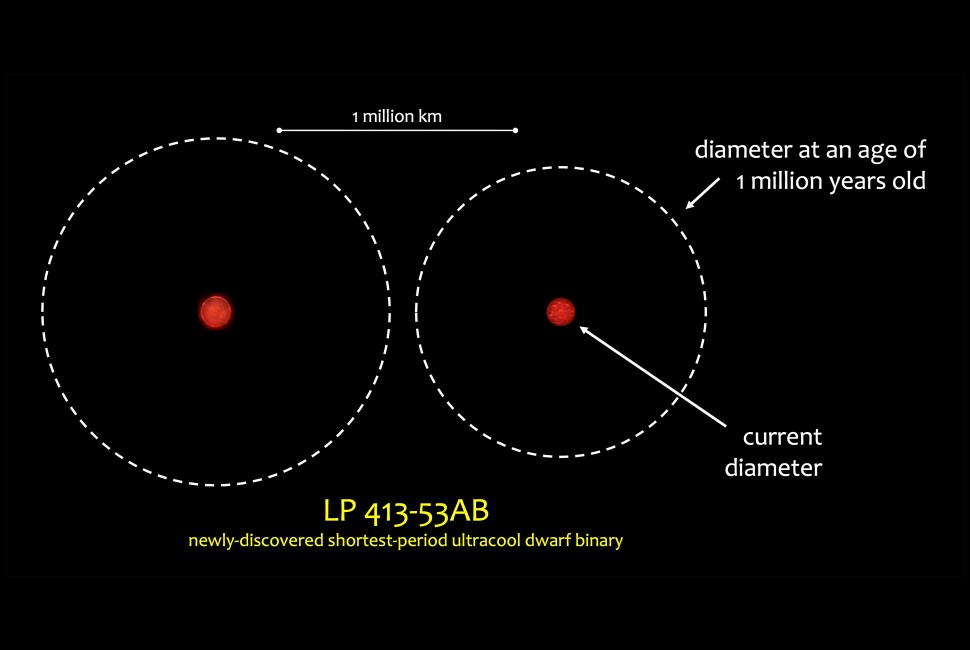
Astrophysicists discover the closest and oldest ultracool dwarf binary ever observed. Northwestern University and the University of California San Diego (UC San Diego) astrophysicists have discovered the tightest ultracool dwarf binary system ever observed.
The two stars are so close that it takes them less than one Earth day to revolve around each other. In other words, each star’s “year” lasts just 17 hours.
The newly discovered ...
Read More





Recent Comments